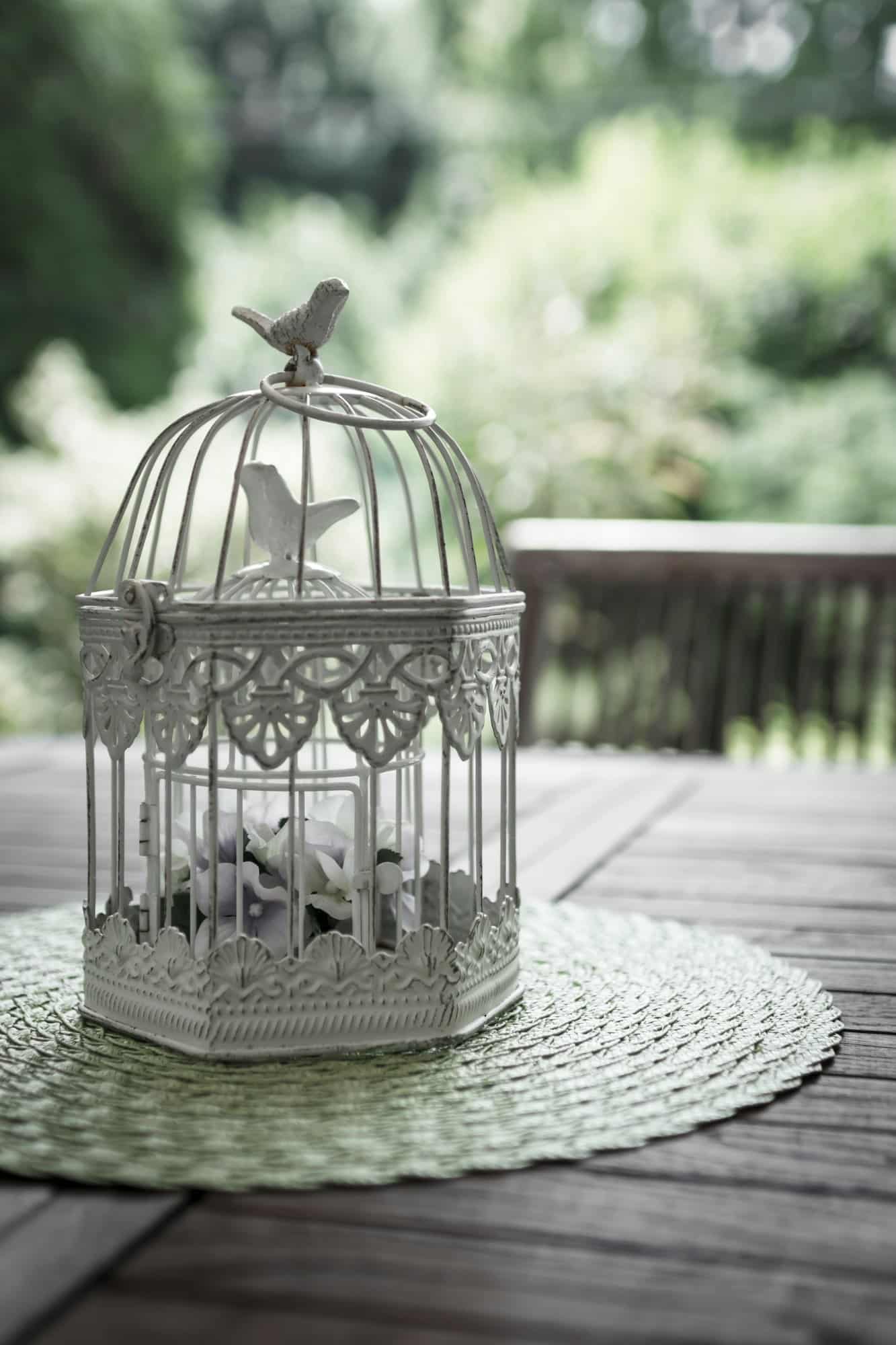How to Create an Engaging and Safe Environment for a Pet Bird in an Aviary?

An aviary’s atmosphere is crucial for a bird’s safety and happiness. Crafting an engaging and safe environment for your pet bird might seem challenging, but with the right knowledge, it can be quite manageable. You’ll need to remember that pet birds require more than just a cage to thrive. They require care, love, and a stimulating environment to stay healthy and happy. In this article, we will guide you through this process step by step, helping you create an ideal home for your feathered friend.
Selecting the Perfect Aviary
The first step to create a safe and engaging environment for your bird involves selecting the right aviary. An aviary is no ordinary cage. It is a spacious environment that allows birds to fly and explore, simulating their natural habitat. Remember, the aviary size you choose must depend on the bird species you have. Some birds, like the parakeet, are small and require less space. However, larger birds such as parrots require bigheight aviaries to stretch their wings freely.
A lire aussi : What Are the Best Practices for Keeping Aquarium Water Crystal Clear Without Harmful Chemicals?
A good rule of thumb is to choose an aviary that is at least twice the bird’s wingspan in width and six times its length. The aviary material also matters in creating a safe environment for your bird. Stainless steel is a preferred choice as it does not contain zinc or lead, which can be toxic to birds.
Setting Up the Aviary Environment
Once you have the right aviary, it’s time to set up the environment. When you think about it, an aviary is not just a cage but a mini-ecosystem for your bird. So, it should mimic the bird’s natural environment as closely as possible.
Lire également : What’s the Most Effective Way to Clean and Sanitize Pet Toys and Accessories?
Consider adding branches of different shapes and sizes for your bird to perch on. Avoid using dowel rods, which are too uniform and can cause foot problems. You can also introduce a variety of toys to keep your bird entertained. Toys that encourage foraging and problem-solving are particularly beneficial.
Include a water dish for your bird to drink from and a separate dish or bird bath for your bird to bathe in. Birds love the sensation of water, and bathing is crucial for their feather health. Always ensure that the water in the aviary is clean and fresh.
Diet and Nutrition
Offering a balanced and varied diet is an essential step in creating a safe and engaging environment for your bird. Birds are not meant to live on seeds alone. A healthy diet for birds includes various fruits, vegetables, grains, and proteins, which will keep your pet bird healthy and happy.
Each bird species has its unique dietary needs, which you should research thoroughly. For example, parrots enjoy a diet of fruits, vegetables, and nuts, while canaries prefer a mix of seeds, fruit, and some insects.
Maintaining a Clean and Safe Environment
Maintaining a clean and safe environment for your bird is of paramount importance. A clean aviary is crucial to prevent the spread of diseases. Clean the aviary regularly, removing any leftover food or droppings. As mentioned earlier, always ensure that the water dishes are clean, and the water is fresh.
Safety is another crucial aspect of a bird’s environment. Ensure the aviary is well-ventilated and free from sharp edges or small parts that can be a choking hazard. Also, keep the aviary away from toxic plants and substances, as well as extreme temperatures and direct sunlight.
Engaging Your Bird Through Training and Interaction
Lastly, engagement is a critical component of your bird’s environment. Spend time with your bird each day, engaging in play and training. This activity not only strengthens the bond between you and your bird but also provides mental stimulation.
Training your bird can be an enjoyable experience for both of you. It can be as simple as teaching your bird to step up onto your finger or more complex like teaching them to do tricks. Remember that positive reinforcement works best in training birds.
By following these steps, you will create a safe and engaging environment for your pet bird. This process requires a fair share of effort and commitment, but the joy of seeing your bird flourish in its new home is well worth it. Your pet bird will thank you for it with chirps and songs of joy.
Monitoring Your Bird’s Behaviour and Health
Keeping a watchful eye on your pet bird’s behaviour and health is a pivotal part of ensuring your pet bird’s well-being and contentment. Birds, like any other pets, can fall ill, and their behaviour can often indicate their state of health. Recognizing any signs of illness early can be vital in providing timely treatment.
Begin by observing your pet bird’s daily routine. Birds are creatures of habit, and a change in behaviour often signals a problem. Look out for changes in appetite, activity level, or vocalization patterns. For instance, if your usually active bird becomes lethargic or your voracious eater suddenly loses its appetite, these could be signs of illness.
Observe your bird’s physical condition regularly. Check for signs of illness, such as ruffled feathers, discharges from the eyes or nostrils, changes in the droppings, or unexplained weight loss. If you notice any signs of illness, consult a veterinarian immediately.
In addition to monitoring your bird’s behaviour, regularly weigh your bird using a bird-friendly scale. Sudden weight loss can indicate a health problem. Maintain a record of your bird’s weight for reference.
Also, keep an eye out for abnormal behaviour such as feather plucking, which can be a sign of stress, boredom, or health issues. Provide more stimulation and consider consulting a veterinarian if the behaviour continues.
Anticipating and Reducing Risks
Birds are prone to various risks in an aviary, including escape attempts, injury, predators, and exposure to harmful substances. Therefore, it’s necessary to anticipate these risks and take steps to reduce them.
Always ensure the aviary’s door and windows are secure to prevent your bird from escaping. Birds are skilled flyers and can find an exit more quickly than you might expect. Make sure there are no gaps in the aviary’s structure a bird could squeeze through.
To prevent injury, check the aviary for any sharp edges or small, loose parts that can pose a choking hazard. Regularly check the toys and perches for wear and tear and replace them if necessary.
Ensure the aviary is located away from potential predators such as cats or raccoons. Furthermore, the aviary should be placed away from direct sunlight to avoid overheating and away from drafts to prevent chill.
Lastly, ensure the aviary and its environs are free from toxic plants and substances that can harm your bird. Some household substances, such as certain cleaning products, can be harmful to birds. Always be mindful of what is in your bird’s environment.
Conclusion
Creating an engaging and safe environment for your pet bird in an aviary requires thought, planning, and ongoing effort. The process encompasses selecting the right aviary, setting it up to mimic the bird’s natural habitat, ensuring a balanced diet, maintaining cleanliness and safety, monitoring the bird’s behaviour and health, and reducing potential risks.
By giving due consideration to these elements, you can ensure that your pet bird thrives in its home. In turn, this will strengthen your bond with your feathered friend and bring immense satisfaction. Remember that the main goal is to create a space where your bird feels safe, engaged, and loved. Your reward will be the chirps and songs of joy your bird will offer you every day. Taking care of a pet bird is indeed a fulfilling and joyous journey, well worth the effort undertaken. Your bird’s happiness and well-being will always mirror your commitment and care. So, embark on this journey with utmost devotion and relish every moment of it.
